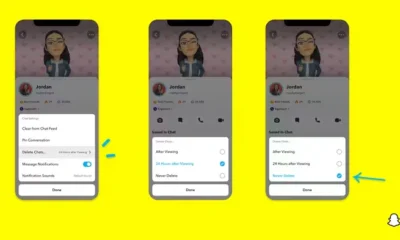The new app is called watchGPT and as I tipped off already, it gives you access to ChatGPT from your Apple Watch. Now the $10,000 question (or more accurately the $3.99 question, as that is the one-time cost of the app) is why having ChatGPT on your wrist is remotely necessary, so let’s dive into what exactly the app can do.
NEWS
WhatsApp adds biometric authentication to its web and desktop versions
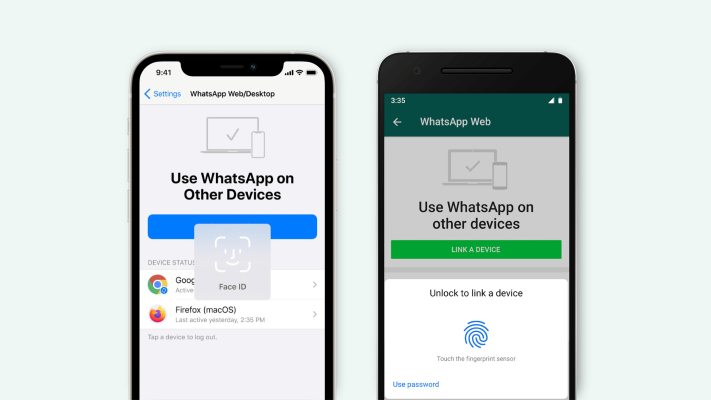

WhatsApp, the Facebook-owned popular messaging app with more than 2 billion users, has been getting a lot of heat and losing users in recent weeks after announcing (and then delaying) changes to how it uses your data. It’s not done with how it’s tweaking privacy and security. Now, it’s adding a new biometric feature to the service to bring in a new authentication layer for those using its web and desktop versions.
The company said that from today, it will let people add in a fingerprint, face, or iris scan to use WhatsApp on desktop or web by linking it to your mobile app, to be used alongside the existing QR code authentication.
The feature is coming on the heels of what WhatsApp is describing as a “visual refresh” of the WhatsApp web page on the Android and iOS apps for linking and managing devices connected to your account. The company hints there will be more updates coming soon.
With the new feature, you will now be able to add in a biometric login, which uses either a fingerprint, face ID, or iris ID — depending on the device — on Android or iPhone handsets, to add in a second layer of authentication. It works only if you’ve enabled biometric authentications on your device: it doesn’t if you have not.
When implemented, it will appear for users before a desktop or web version can be linked up with a mobile app account, which today relies just on using a QR code. The QR code doesn’t go away; this is a second step users will need to take, similar to how you can choose to implement two steps of authentication on a handset to use the WhatsApp mobile app today.
WhatsApp says that on iPhone, it will work with all devices operating iOS 14 and above with Touch ID or Face ID, while on Android, it will work on any device compatible with Biometric Authentication (Face Unlock, Fingerprint Unlock or Iris Unlock). The full instructions for how to turn it on are here.
The service is another step forward in WhatsApp creating more feature parity between its flagship mobile apps and how you interact with the service when you use it elsewhere.
While WhatsApp started as a mobile messaging app, it has over the years been building out other ways of using it, for example adding desktop support in 2015 to the iOS version.
Mobile still accounts for the majority of WhatsApp’s users, but events like global health pandemics, which are keeping more of us inside, are likely leading to a surge of users of its Web and native desktop apps, and so it makes sense for it to be adding more functionality there.
WhatsApp told TechCrunch that it is going to be adding in more features this year to bring the desktop and mobile experiences closer together. There are still big gaps. For example, you can’t make calls on the WhatsApp web version. (That feature may be one coming soon: last month, it started to get spotted in beta tests.)
What comes next for biometrics?
WhatsApp’s recent announcement (and walk back) regarding data-sharing changes between it and Facebook have put a lot of people on edge about the company’s intentions.
And that’s no surprise. It’s a particularly sensitive issue since messaging has been thought of a very personal and sometimes private space, seen as separate from what people do on more open social networking platforms.
Over the years, of course, that view has been eroded through data leaks, group messaging abuse, and (yes) changes in privacy terms.
All that means there will likely be a lot of people who will doubt what Facebook’s intentions are here, too.
WhatsApp is pretty clear in outlining that it’s not able to access the biometric information that you will be storing in your device, and that it is using the same standard biometric authentication APIs that other secure apps, like banking apps, use.
But the banking app parallel is notable here, and maybe one worth thinking about more. Consider how the company has been adding a lot more features and functionality into WhatsApp, including the ability to pay for goods and services, and in markets like India, tests to offer insurance and pension products.
Yes, this new biometric feature is being rolled out today to create a more secure way for people to link up apps across devices. But in the interest of that feature parity, in future, it will be interesting to see how and if biometrics might appear as those other features get rolled out beyond mobile, too.
Update: Text corrected to reflect that the new look will be on the mobile apps (not the web) aimed at improving how to manage linked devices.
Facebook Faces Yet Another Outage: Platform Encounters Technical Issues Again

Uppdated: It seems that today’s issues with Facebook haven’t affected as many users as the last time. A smaller group of people appears to be impacted this time around, which is a relief compared to the larger incident before. Nevertheless, it’s still frustrating for those affected, and hopefully, the issues will be resolved soon by the Facebook team.
Facebook had another problem today (March 20, 2024). According to Downdetector, a website that shows when other websites are not working, many people had trouble using Facebook.
This isn’t the first time Facebook has had issues. Just a little while ago, there was another problem that stopped people from using the site. Today, when people tried to use Facebook, it didn’t work like it should. People couldn’t see their friends’ posts, and sometimes the website wouldn’t even load.
Downdetector, which watches out for problems on websites, showed that lots of people were having trouble with Facebook. People from all over the world said they couldn’t use the site, and they were not happy about it.
When websites like Facebook have problems, it affects a lot of people. It’s not just about not being able to see posts or chat with friends. It can also impact businesses that use Facebook to reach customers.
Since Facebook owns Messenger and Instagram, the problems with Facebook also meant that people had trouble using these apps. It made the situation even more frustrating for many users, who rely on these apps to stay connected with others.
During this recent problem, one thing is obvious: the internet is always changing, and even big websites like Facebook can have problems. While people wait for Facebook to fix the issue, it shows us how easily things online can go wrong. It’s a good reminder that we should have backup plans for staying connected online, just in case something like this happens again.
NEWS
We asked ChatGPT what will be Google (GOOG) stock price for 2030
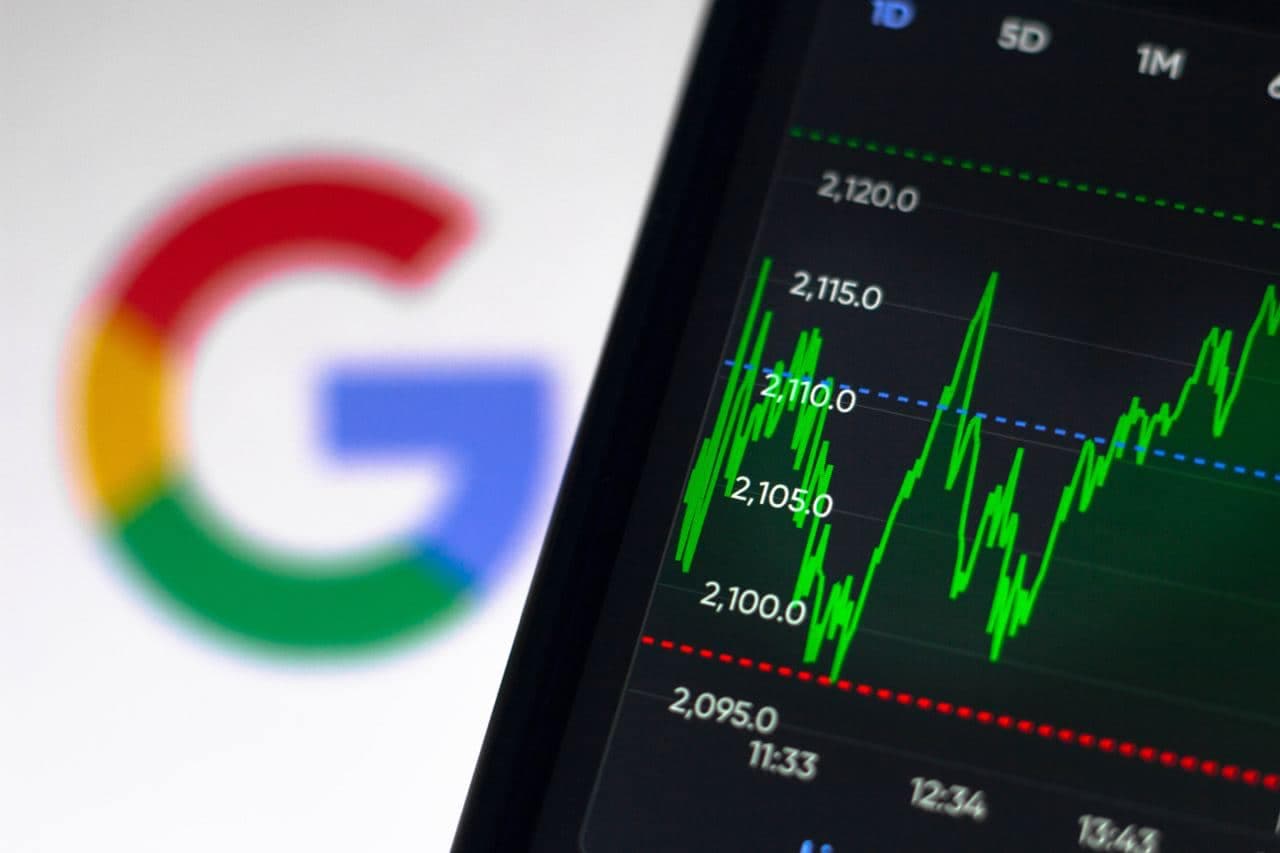
Investors who have invested in Alphabet Inc. (NASDAQ: GOOG) stock have reaped significant benefits from the company’s robust financial performance over the last five years. Google’s dominance in the online advertising market has been a key driver of the company’s consistent revenue growth and impressive profit margins.
In addition, Google has expanded its operations into related fields such as cloud computing and artificial intelligence. These areas show great promise as future growth drivers, making them increasingly attractive to investors. Notably, Alphabet’s stock price has been rising due to investor interest in the company’s recent initiatives in the fast-developing field of artificial intelligence (AI), adding generative AI features to Gmail and Google Docs.
However, when it comes to predicting the future pricing of a corporation like Google, there are many factors to consider. With this in mind, Finbold turned to the artificial intelligence tool ChatGPT to suggest a likely pricing range for GOOG stock by 2030. Although the tool was unable to give a definitive price range, it did note the following:
“Over the long term, Google has a track record of strong financial performance and has shown an ability to adapt to changing market conditions. As such, it’s reasonable to expect that Google’s stock price may continue to appreciate over time.”
GOOG stock price prediction
While attempting to estimate the price range of future transactions, it is essential to consider a variety of measures in addition to the AI chat tool, which includes deep learning algorithms and stock market experts.
Finbold collected forecasts provided by CoinPriceForecast, a finance prediction tool that utilizes machine self-learning technology, to anticipate Google stock price by the end of 2030 to compare with ChatGPT’s projection.
According to the most recent long-term estimate, which Finbold obtained on March 20, the price of Google will rise beyond $200 in 2030 and touch $247 by the end of the year, which would indicate a 141% gain from today to the end of the year.
Google has been assigned a recommendation of ‘strong buy’ by the majority of analysts working on Wall Street for a more near-term time frame. Significantly, 36 analysts of the 48 have recommended a “strong buy,” while seven people have advocated a “buy.” The remaining five analysts had given a ‘hold’ rating.
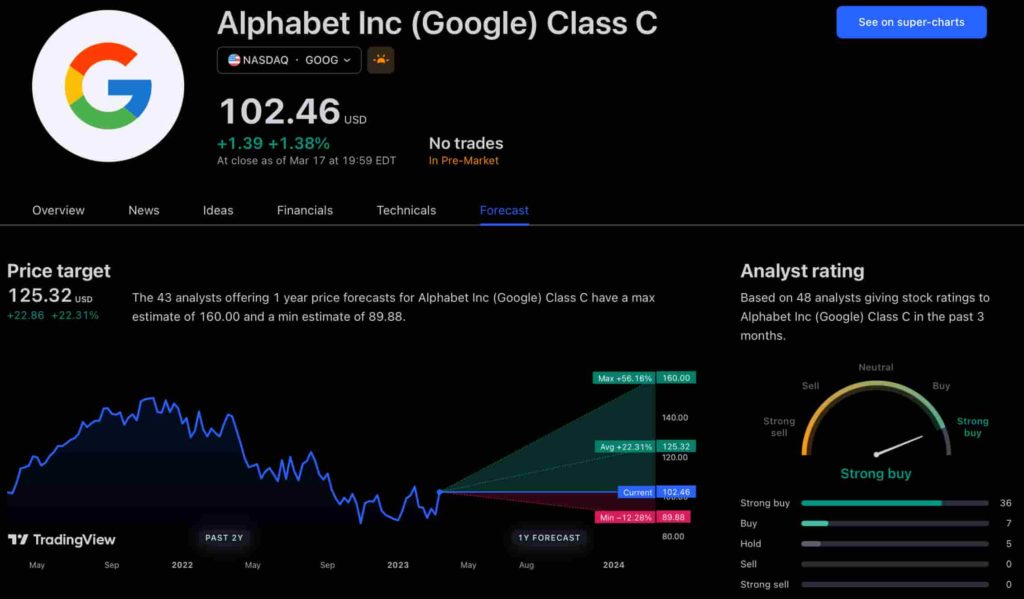
The average price projection for Alphabet stock over the last three months has been $125.32; this objective represents a 22.31% upside from its current price. It’s interesting to note that the maximum price forecast for the next year is $160, representing a gain of 56.16% from the stock’s current price of $102.46.
While the outlook for Google stock may be positive, it’s important to keep in mind that some potential challenges and risks could impact its performance, including competition from ChatGPT itself, which could affect Google’s price.
Disclaimer: The content on this site should not be considered investment advice. Investing is speculative. When investing, your capital is at risk.
NEWS
This Apple Watch app brings ChatGPT to your wrist — here’s why you want it
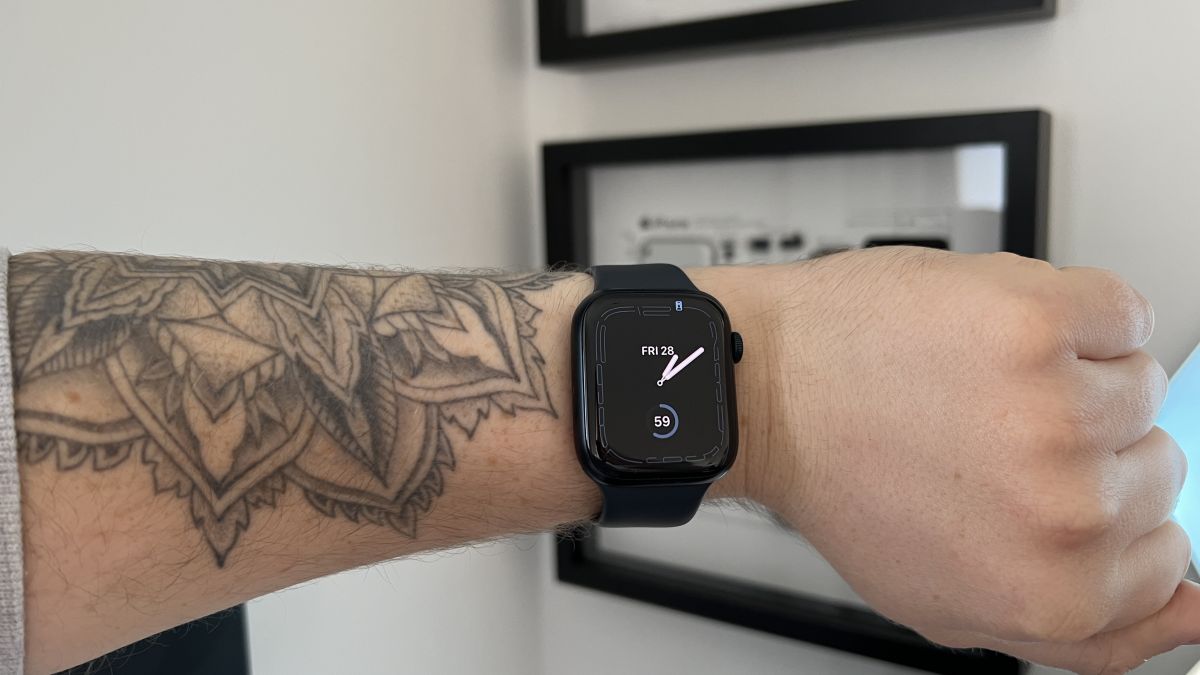
ChatGPT feels like it is everywhere at the moment; the AI-powered tool is rapidly starting to feel like internet connected home devices where you are left wondering if your flower pot really needed Bluetooth. However, after hearing about a new Apple Watch app that brings ChatGPT to your favorite wrist computer, I’m actually convinced this one is worth checking out.
-

 SEO7 days ago
SEO7 days agoGoogle Limits News Links In California Over Proposed ‘Link Tax’ Law
-

 SEARCHENGINES6 days ago
SEARCHENGINES6 days agoGoogle Core Update Volatility, Helpful Content Update Gone, Dangerous Google Search Results & Google Ads Confusion
-
SEARCHENGINES7 days ago
Daily Search Forum Recap: April 12, 2024
-

 SEO6 days ago
SEO6 days ago10 Paid Search & PPC Planning Best Practices
-

 MARKETING6 days ago
MARKETING6 days ago2 Ways to Take Back the Power in Your Business: Part 2
-

 SEARCHENGINES5 days ago
SEARCHENGINES5 days agoWeekend Google Core Ranking Volatility
-

 MARKETING5 days ago
MARKETING5 days ago5 Psychological Tactics to Write Better Emails
-

 PPC6 days ago
PPC6 days agoCritical Display Error in Brand Safety Metrics On Twitter/X Corrected









